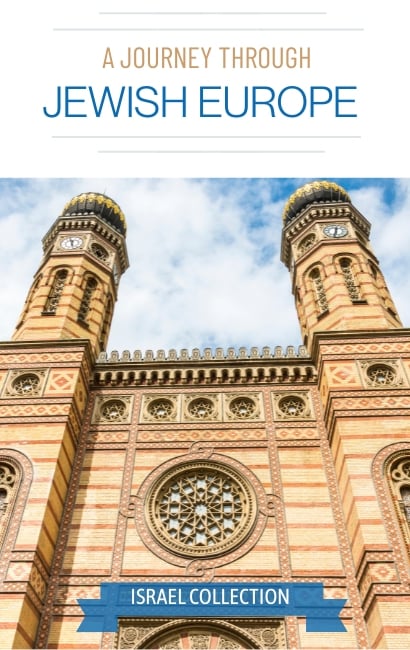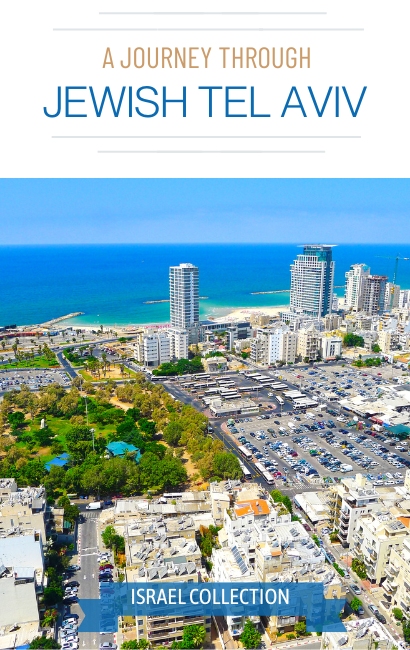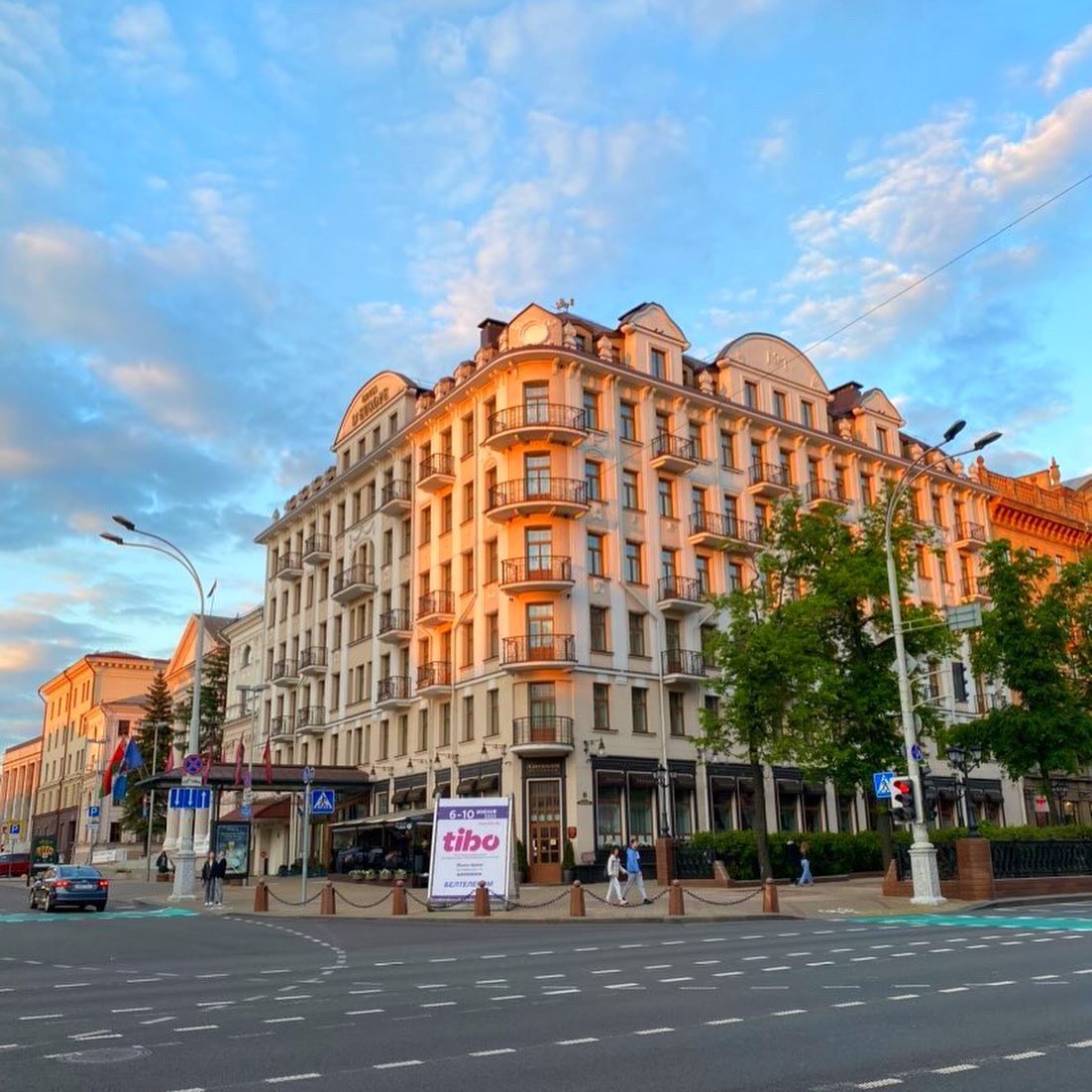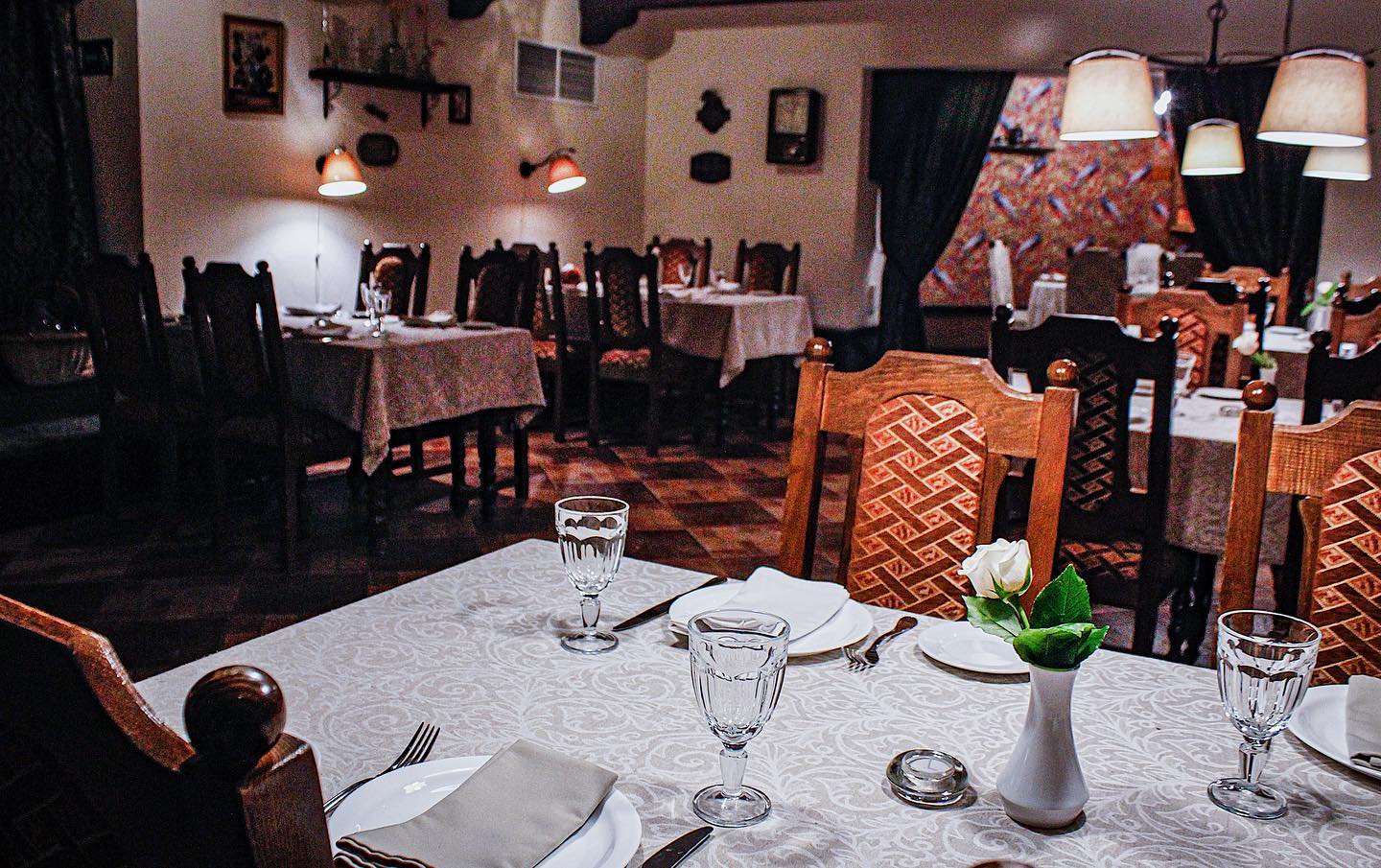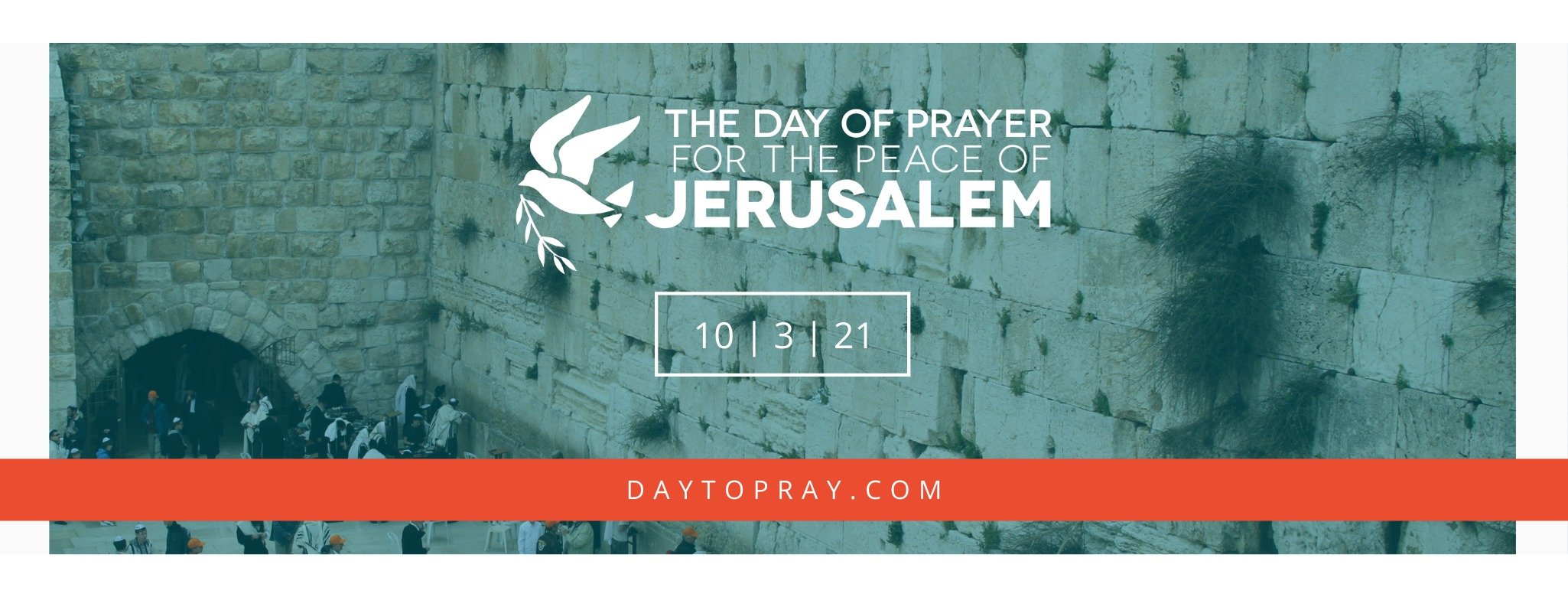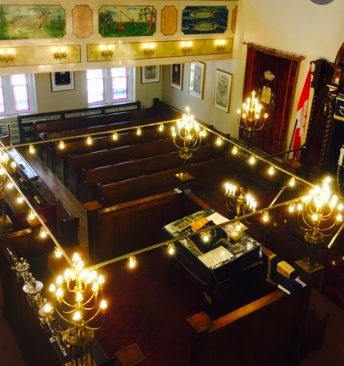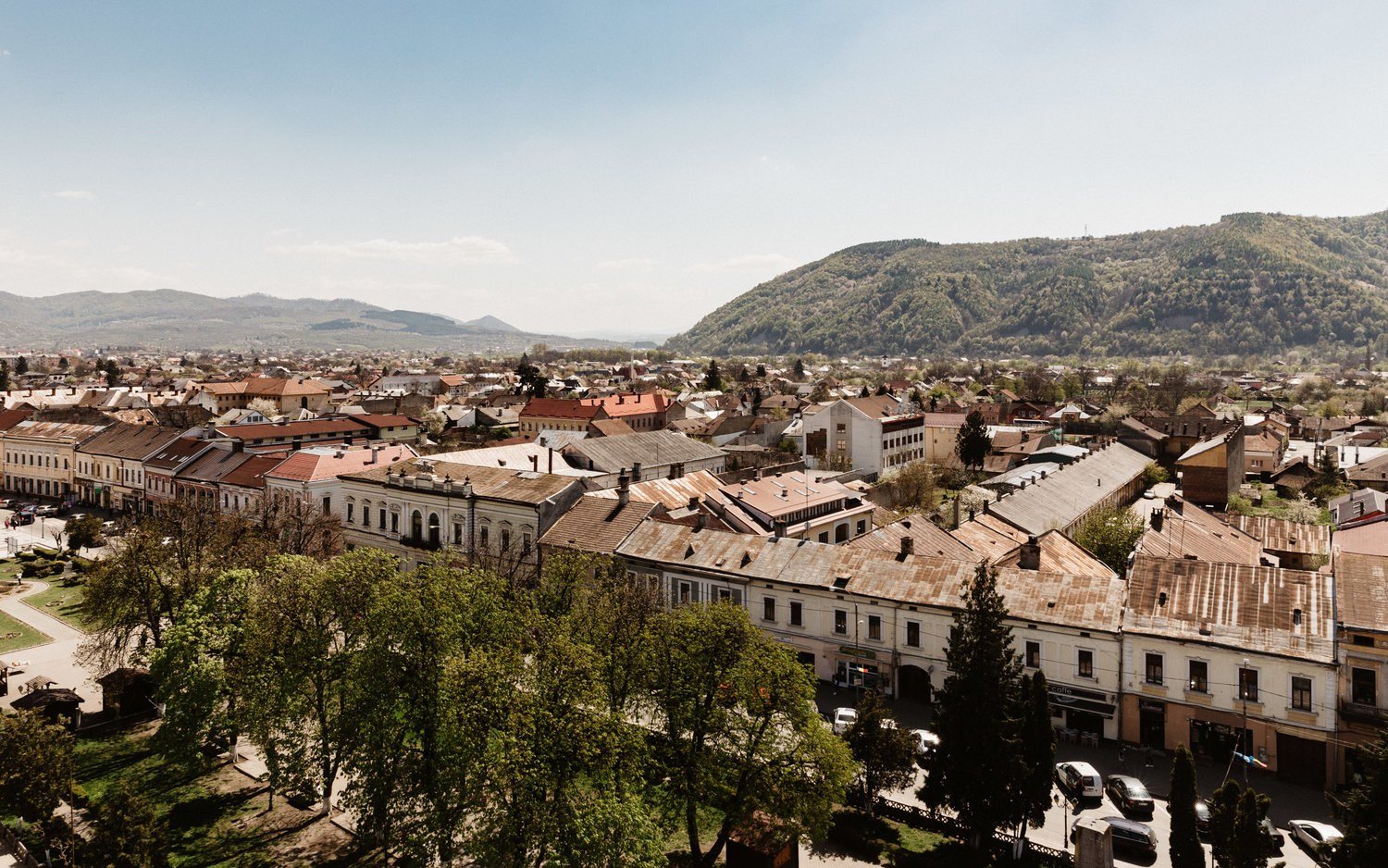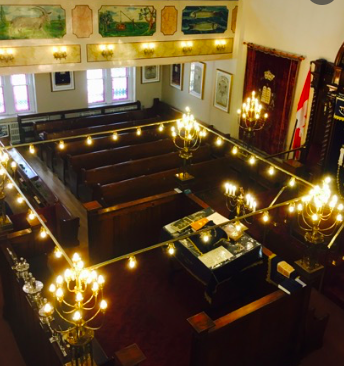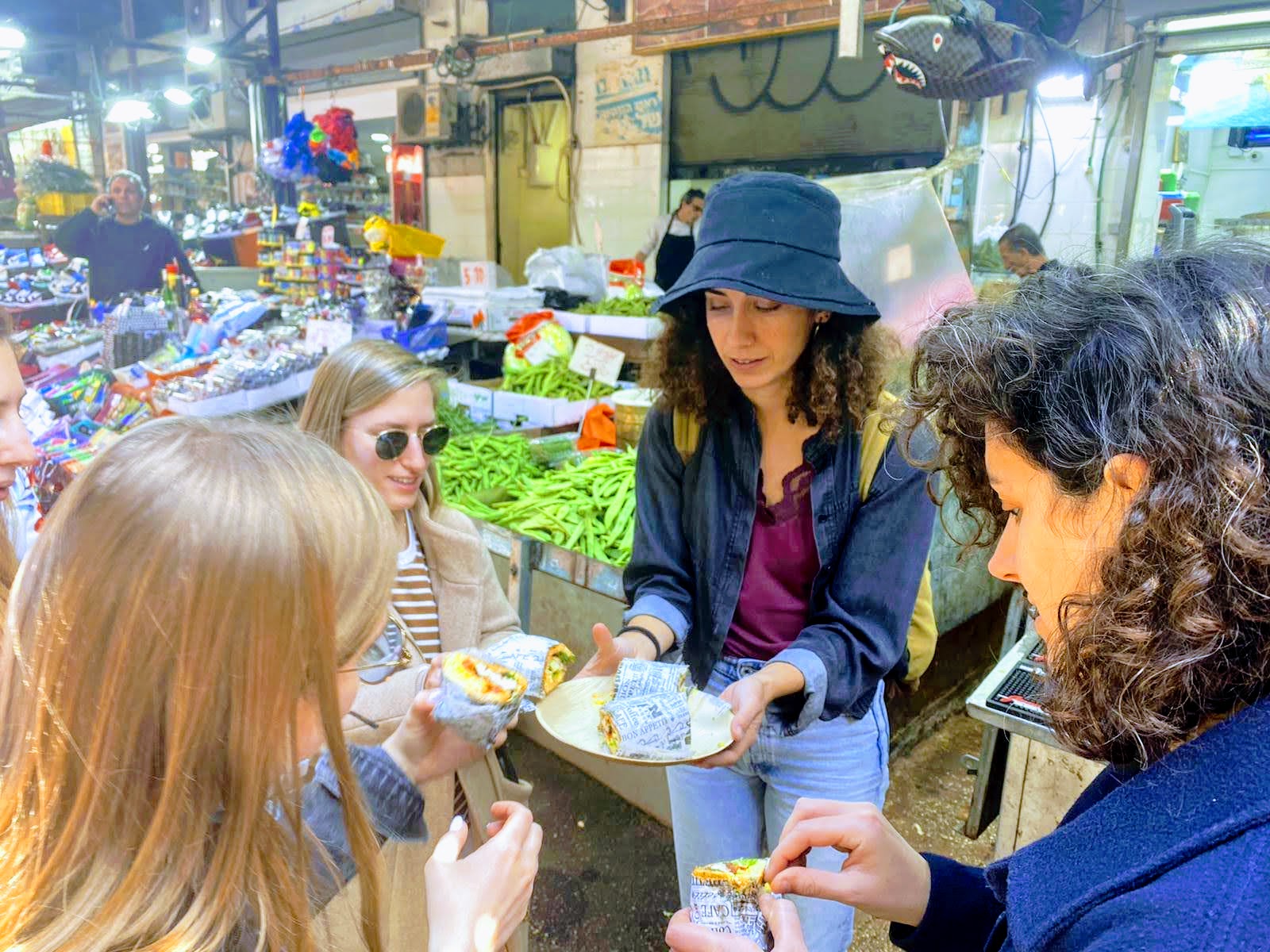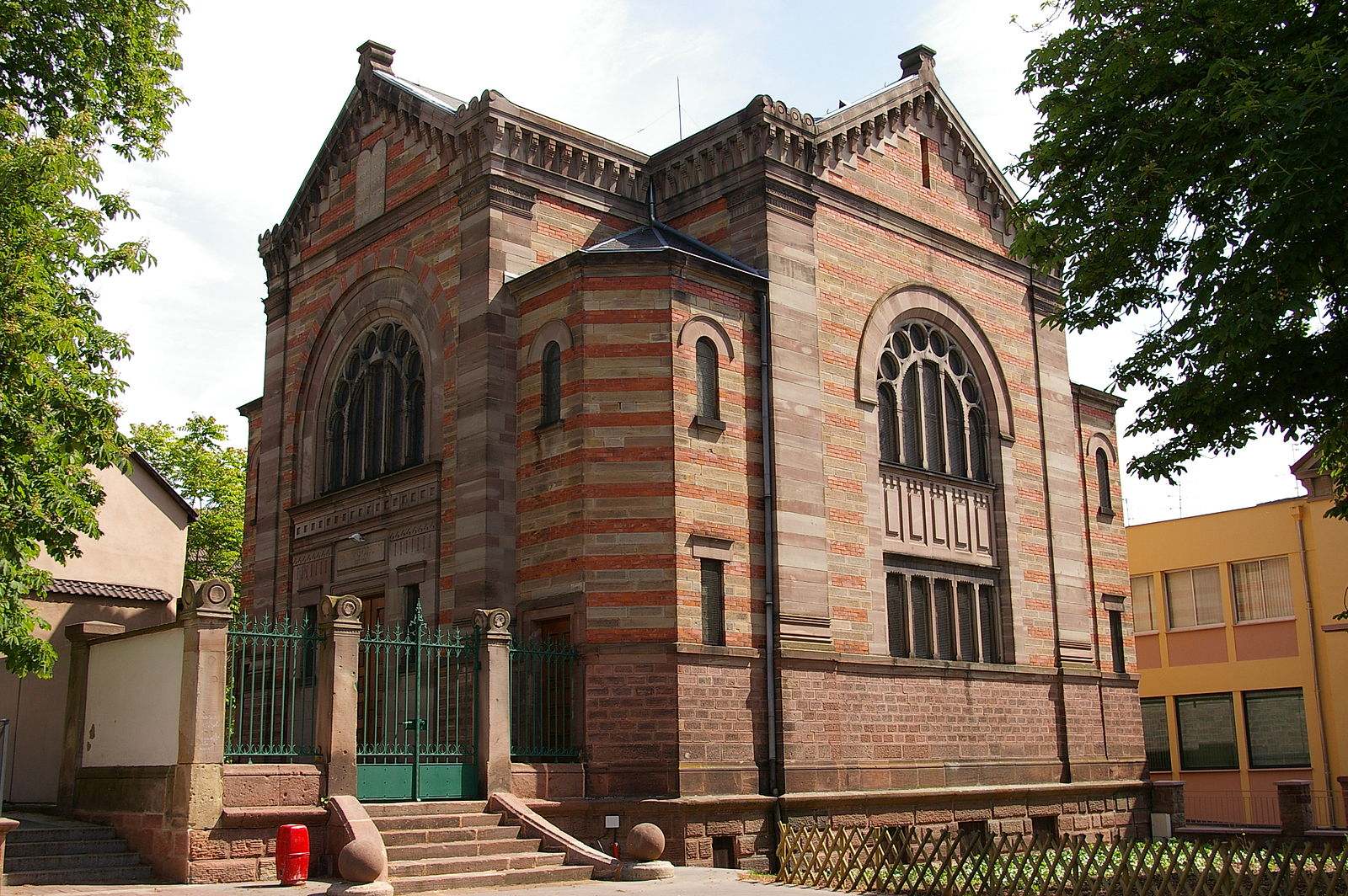Archives: Directory listings
Directory listings
A Journey Through Jewish Tel Aviv
Hotel Europa
Hotel “Europe” is a hotel with a hundred years of original history. Over the years, such famous personalities as Vladimir Mayakovsky and Marc Chagall have stayed here. It was built at the dawn of the nineteenth century, when Minsk was part of the Russian Empire. Then, at the intersection of Gubernatorskaya Street and Cathedral Square, a building of a new hotel in Minsk was erected, which had 2 floors. The pre-revolutionary hotel was built at the expense of the richest Minsk merchant dynasty of that time, the Polyakov family.
The hotel immediately gained great popularity among Minsk bohemia and guests of the then ordinary provincial city, which was repeatedly captured on the canvases of artists of that time.
In 1884, after a fire, the hotel became known as “Europe”. At the beginning of the twentieth century, the hotel was reconstructed and became a six-story hotel. In addition, the building changed externally, it was rebuilt in the then fashionable Art Nouveau style in Russia. The expressive facades overlooking Cathedral Square and Gubernatorskaya Street were distinguished by the high quality of their decorative workmanship. The hotel was owned at that time by brothers Grigory and Yakov Polyaks. In 1913 The first-class restaurant of Saulevich, ladies’ and men’s hairdresser’s, and a reading room worked in the hotel. Each of the 130 rooms had a telephone, a washbasin, electric lighting, water heating, and a bath. The hotel was famous for its excellent service at that time. We also note the fact that it is “Europe”, and not any other hotels in Minsk, that can boast of being that it was here that the elevator began to run for the first time in the city. A car or carriage was sent to the trains. At Saulevich’s restaurant, visitors were entertained by the Romanian and Viennese ladies’ orchestras.
The hotel building did not survive the war and was completely destroyed. So, for about 60 years, no one even thought about restoring this famous in its time, amazing, the largest civil building in the pre-revolutionary city of Minsk. But the circumstances were different. The hotel was suddenly remembered already in the 21st century.
In 2004, the City Hall of Minsk was instructed to rebuild the hotel building in compliance with the stylistic features that this hotel had at the beginning of the last century. The President of the Republic of Belarus signed a decree that the hotel must comply with the status of “five-star”.
The revived “Europe” opened its doors to visitors in 2007.
Kuhmistr
When the owners of “Kukhmistra” decided to open a restaurant of Belarusian national cuisine in Minsk, there were very few establishments of this type in the city. It was immediately decided to adhere to maximum authenticity and historicity, both in cooking and in the story about them, for which a well-known historian of Belarusian cuisine Ales Bely was invited as a consultant. The desire for maximum historical authenticity, for following the canons of authentic Belarusian cuisine, cooperation remains with us to this day.
In the 1970s – 80s. in our premises there was a “Komsomol” buffet and a photo laboratory of the youth magazine “Maladost”, with which a whole galaxy of Belarusian writers and artists of the era of “stagnation” was associated. Vladimir Korotkevich, Vasil Bykov, Yanka Bryl, composer Igor Luchenok, cosmonaut Vladimir Kovalyonok were guests of the editorial office then more than once. However, since the opening of the restaurant, the VIP list has accumulated no less impressive. Perhaps hundreds of Belarusian and Russian pop stars, well-known public figures, entrepreneurs, and cultural figures have managed to visit us.
Kuhmistr – (in German – “master, or master of the kitchen”) – means about the same as what is called “chef” today. So in the Commonwealth, including the Grand Duchy of Lithuania, they called the cooks who commanded the royal, princely and magnate kitchens, who were invited first from Italy, France and Germany, but were gradually replaced by capable local students. By the way, since the summer of 2018, in the lobby of the restaurant, guests have been greeted by a life-size figure of the real Kukhmistr – the visible embodiment of our identity. Dressed in the fashion of the turn of the 18th-19th centuries, a collective image of all the glorious chefs of our history, but most of all, he took from the famous Pavel Tremo, the cook of the last king of the Commonwealth, Stanislav Poniatovsky, looks almost like a living person and is very much loved with him “in an embrace”. take pictures of our guests.
Our interior saturated with many mysterious or simply funny trinkets, hints at the atmosphere of a bourgeois Minsk apartment, when the idea of the Belarusian nation and statehood was born, but traditional culture, both folk and gentry, was still alive – which the 20th century prepared for difficult trials. And at the beginning of 2019, we began to equip a small memorial corner dedicated to the Ruzhany Sapieha Palace and Park Complex, the restoration of which has been underway in recent years and we are making our contribution to it.
Jerusalem Day of Prayer for All Nations
The Day of Prayer for the Peace of Jerusalem is a prayer meeting organized by Pentecostal evangelists Jack W. Hayford and Robert Stearns through their organization “Eagles Wings”. They annually invite people around the world to pray for Jerusalem on the first Sunday of every October, close to the time of Yom Kippur. The first prayer meeting organized by this group occurred in 2004.
Hayford and Stearns organize the primary meeting in Israel. According to a CBN interview with Stearns, he believes that prayer meetings are important to combat various dangers to the Judeo-Christian worldview, such as secular humanism and Radical Islam, and he believes that Christians are especially obligated to support the State of Israel.
According to “Jerusalem Newswire” a small independent Christian publication, organizers of the 2006 event claimed that they had scheduled prayer meetings to be held in 150,000 churches around the world. The coordinators scheduled for prayer meetings to be organized in 169 nations.
In 2004, 500 global Christian ministries representing 50 countries and 53,000 churches said prayers for peace in Jerusalem on the same day. The organization’s goal in 2006 was to have over 100 million people in over 100 countries participate in prayer meetings. The prayer meeting in Jerusalem in 2006 was held inside the gates of the Old City of Jerusalem and was attended by “hundreds of Christian lovers of Israel gathered with Jewish friends.”
International denominations Assemblies of God, and Elim Fellowship took part in the 2006 prayer and support the annual prayers.
Virtual Jewish Toronto Tour
Join a virtual tour as we explore Toronto’s rich Jewish history together.
The Jewish Story of Sighet, Romania
Sighet is located in the Northwestern part of Romania, bordering with Ukraine in the north and only 2 hours to the Hungarian border. Its population is close to 44,000 people including the villages surrounding. Recently, Sighet celebrated its 687 years since it was first established in 1334. The city architecture echoes the various Empires which ruled over or the various tribes which passed by. The word Sighet in Hungarian means Island; the city is positioned between two major rivers, the Tis and Iza, both of which embrace the city along with the Carpathian forests.
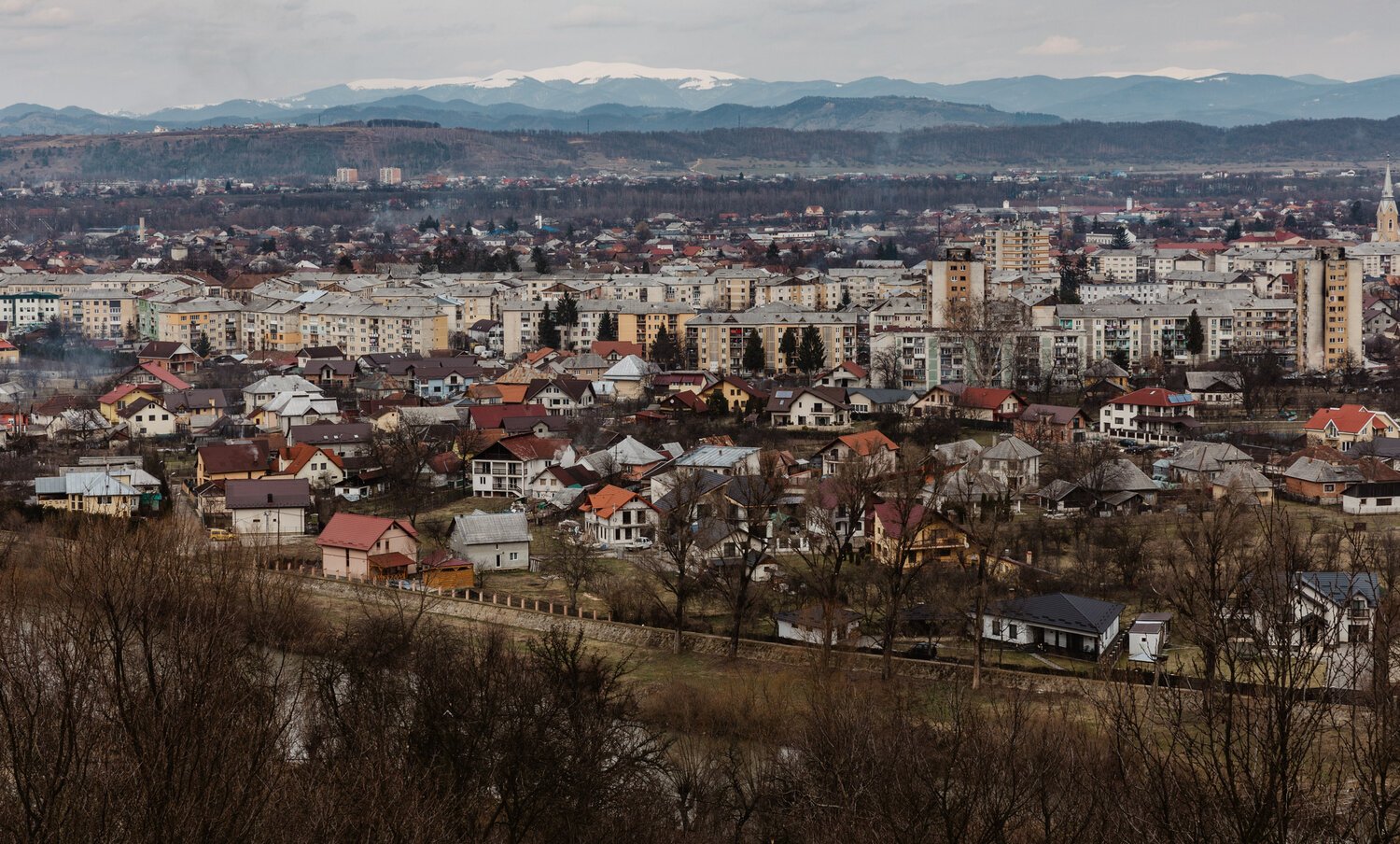
Sighet is like a small jewel which hasn’t yet been polished enough, however the Region does attract kings and other Royal personalities. Prince Charles has been fascinated by the oldest Wooden Churches and the most picturesque landscape and the most authentic life style still available to see in Romania. Sighet, attracted Jews as early as the 18th century coming from Galicia; most found their livelihood from the timber and wood industry, that Sighet is famous for. Most of the Jewish community was of Chassidic descendants.
Prior to World War II, Romania had a population of close to one million Jews. Romania is a large country divided into 41 counties. Most of the Jews who were affected by the Holocaust hailed from the western Romanian region of Northern Transylvania, which borders with Hungary and includes Maramureș County, and the region of Bucovina, in Romania’s northeast. Jews also resided in the city of Iasi, which experienced local pogroms. (‘Pogrom’ is a Russian term meaning a violent riot aimed at the massacre or persecution of an ethnic or religious group, particularly one aimed at Jews). During the Holocaust, the Jews of Bucovina were deported to Transnistria, a complex of villages located in contemporary Ukraine which were converted into camps during World War II.
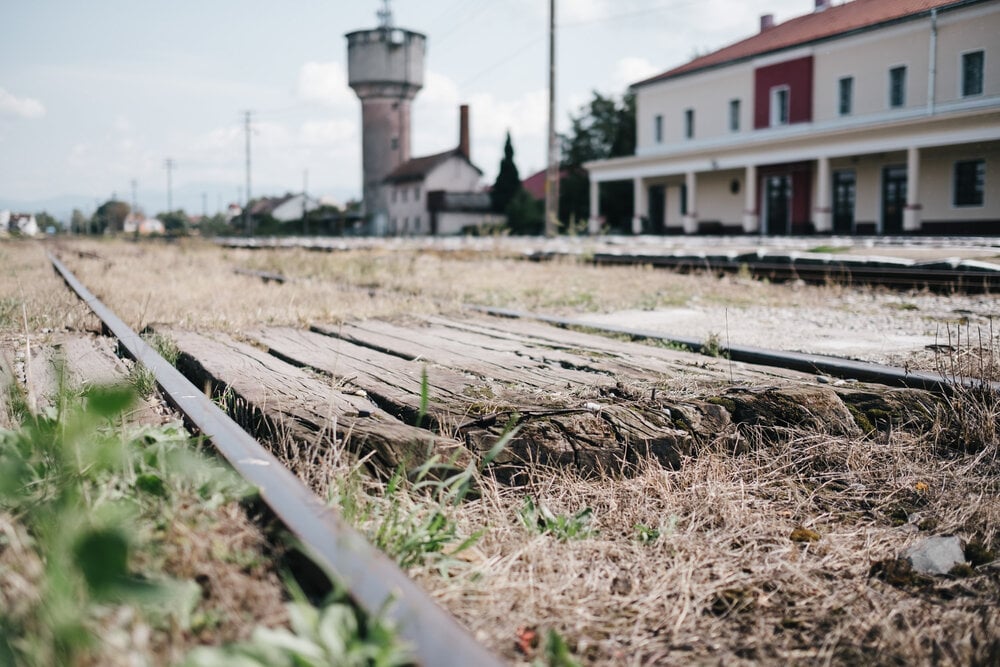
The Jewish communities of Northern Transylvania and Maramureș were deported directly to Auschwitz. More than half of Romania’s Jews were murdered during the Holocaust. Some survivors went to Israel or the United States, and others returned to their hometowns to search for surviving family members. Some left Romania just before the Communist Regime took over the government; others were stuck until the early 1960s, when the State of Israel paid for each person in order to be able to leave Romania. About 250,000 emigrated to Israel, where they integrated exceptionally well into the Israeli society and workforce.
Today there are about 5,000 registered Jews in Romania, mainly living in major cities such as Bucharest, Iasi, Cluj, Oradea and Timișoara. Unfortunately, there are many cities, towns and villages that no longer have any Jewish residents. Nevertheless, the Jewish heritage landmarks are well documented and stand strong in memory of the families who once lived there. They provide an opportunity for the families’ descendants to come visit and for the locals to witness the history of Jewish life.
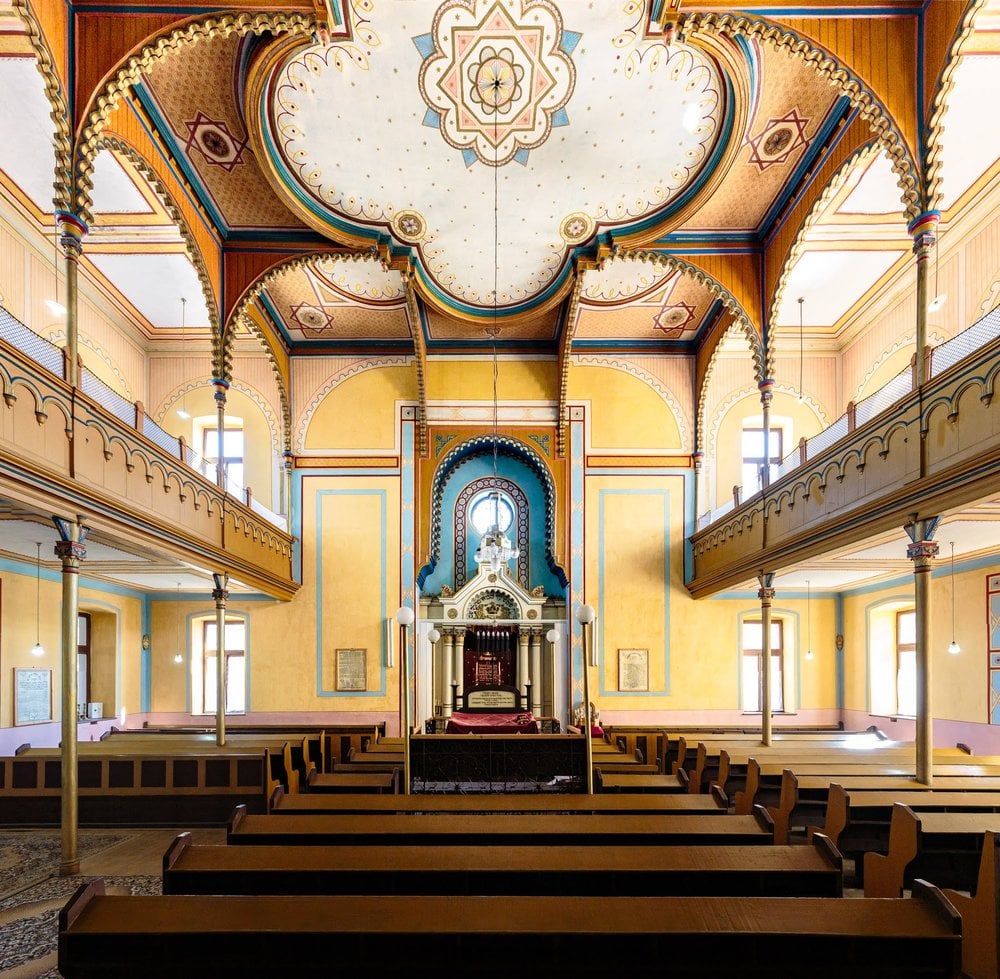
One of Tarbut Foundation’s objectives is to serve the descendants of the former Jewish Regions with genealogical research and the Family Roots Journeys. We offer the Maramureș Route, the Bucovina Routes, and the Iasi Routes, with great emphasis on existing Jewish heritage landmarks, such as synagogues and other buildings that once housed famous Jewish residents or organizations. At the same time, we also highlight the monuments built in memory of those who did not return after the Second World War. Each Family Roots Journey is personally dedicated to family histories and individual stories, and we often find new stories while traveling. In this way, we give families the invaluable chance to walk in the footsteps of their forefathers.
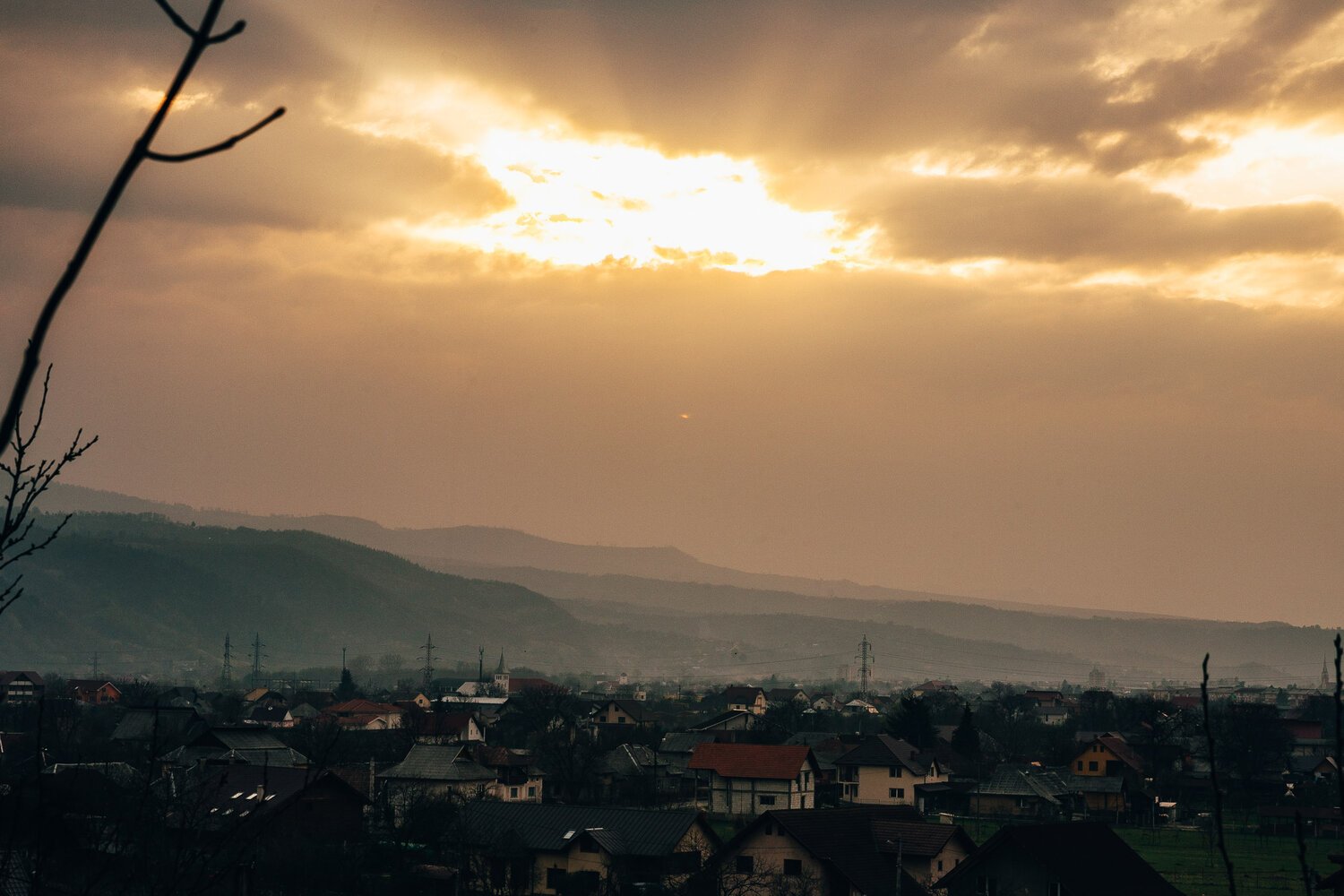
As for those who do not have familial ties to the area, we find that touring these regions is also personally enriching, as many sites are recognized by UNESCO. While traveling, visitors can learn about local folklore, the artistic and architectural heritage of wooden and painted churches, and the unique regional artisanal traditions. The regions also offer an array of summer festivals, making May-late October the best time to visit.
Jewish Toronto Tours
Jewish Toronto Tours offers group and individual tours of the city’s Jewish history.
Carmel Market tasting tour
Explore Kerem Hateymanim neighborhood and Carmel Market area, the most vibrant area of Tel Aviv, through your taste buds.
On the tour, we’ll talk about the history, heritage, and culture of the area on one hand, and on the other hand, all of the new trendy places the market has to offer and the changes happening. We’ll taste traditional dishes from Yemenite cuisine and the most innovative dishes that the market has to offer.
You’ll walk through the Kerem HaTeimanim neighborhood and the Carmel Market in a small group, trying out a variety of dishes and meeting locals that live and work at the market, with stops at off-the-beaten-path spots that are loved by locals but not necessarily known by tourists.
The tour takes about 2.5-3 hours and includes 8-10 tastings of different food and drinks (can easily suit Vegans and Vegetarians).
Selestat Synagogue
Sélestat is an ancient community, which disappeared in the 16th century. It was not reconstituted at the 19th century. The oratory, dating from 1836 and installed at the Poêle des Laboureurs, was replaced by a synagogue, built in 1890. The latter, ransacked by the Nazis, was restored after the war without the original dome. The rabbinate of Sélestat dates from 1866 and replaces that of Muttersholtz.
In the 14th century the community was relatively large, judging by the size of the Jewish quarter. The synagogue was located in an alleyway, which is still visible today, next to the “pharmacie du Soleil” in the “rue des Clefs” (then “Judengasse”) and which connected with the “rue Ste-Barbe” (then “Schmiedgasse”). The name of Rabbi Ahron, to whom people came from Strasbourg to study the sacred texts, and especially that of his son, the famous Rav Schemouel Schlettstadt, who directed the yeshivah (talmudic school) of Strasbourg and is known as a compiler and decision-maker, have been preserved from this century.
The synagogue having been destroyed in 1470 to make way for the former St. Barbe arsenal, the community acquired, through the intermediary of the Magistrate, the former Poële des Laboureurs to establish its new place of worship. This building can still be seen at no. 3 Rue Ste-Barbe (rear part of the Boespflug building). The expression “auf der Judschul” (which previously referred only to the Place Ste-Barbe) was commonly used to designate the future Rue des Juifs, which became Rue Ste-Barbe in 1910.
After several waves of persecutions and expulsions, notably in 1349, during the Black Death, when the Jews of Western Europe were accused of having poisoned the wells, they were definitively expelled from Sélestat around 1650. However, Jewish merchants and showmen were authorized to come and practice their trade at the annual fairs as well as the weekly markets. This situation lasted until the Revolution. In 1622, on the other hand, the Jews of Bergheim, Ribeauvillé, Scherwiller and Dambach founded the present Israelite cemetery in Sélestat. It had to be enlarged several times afterwards. This is where Reisel Sée, whose filial love was immortalized by the moralists of the Revolution, was later buried. In 1890, the architect of the city of Selestat, Alexandre Stamm (1835-1906), designed a new building.
It has a central plan, like many Rhine synagogues, and is in the Romanesque-Byzantine style. It is a beautifully colored building with alternating pink sandstone, light sandstone and brick. The dome on a drum “with oculus” which decorated it was destroyed by the Nazis in 1940 and was not rebuilt. During this restoration, the old ritual bath (Mikveh) from 1836, part of an earlier building, was discovered in the basement.
The Hebrew inscription above the main door means: “This is the door of the Lord. The righteous shall pass through it”.
Image credit:
© Ralph Hammann – Wikimedia Commons, CC BY-SA 4.0
I, Olevy, CC BY-SA 3.0
